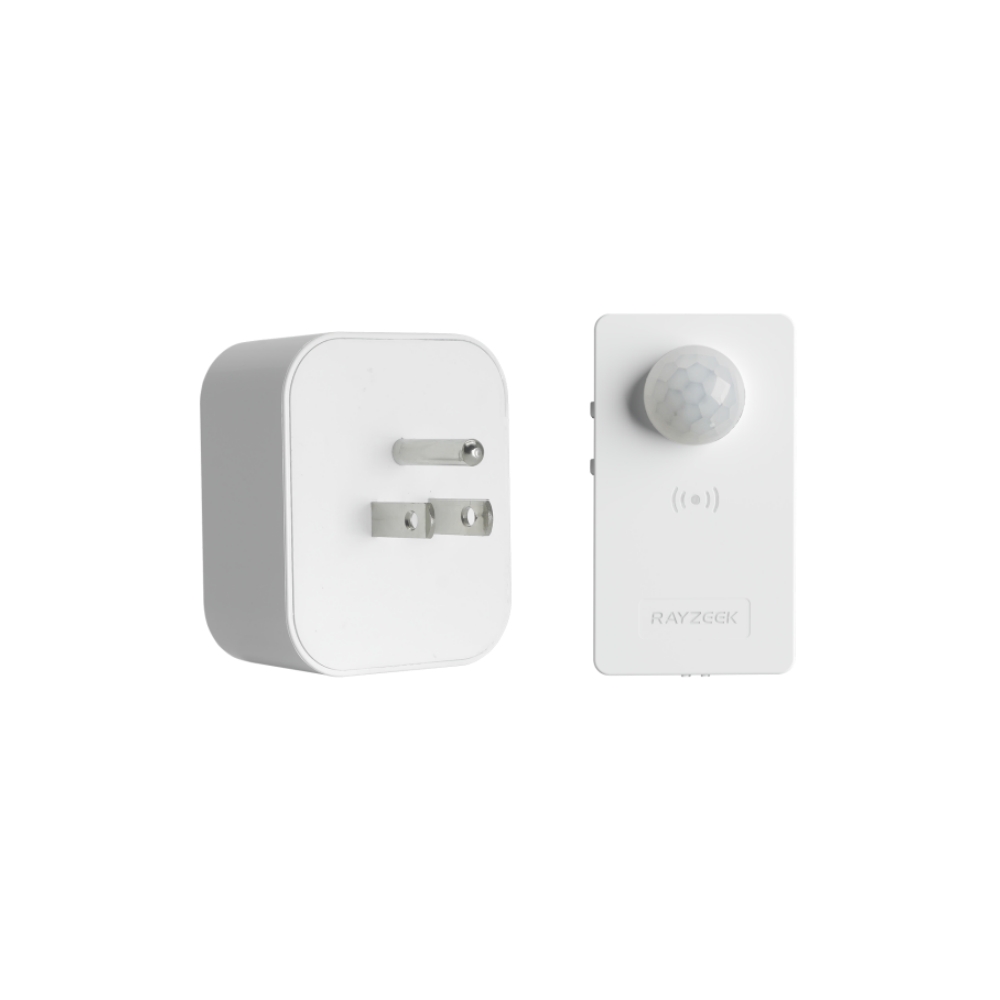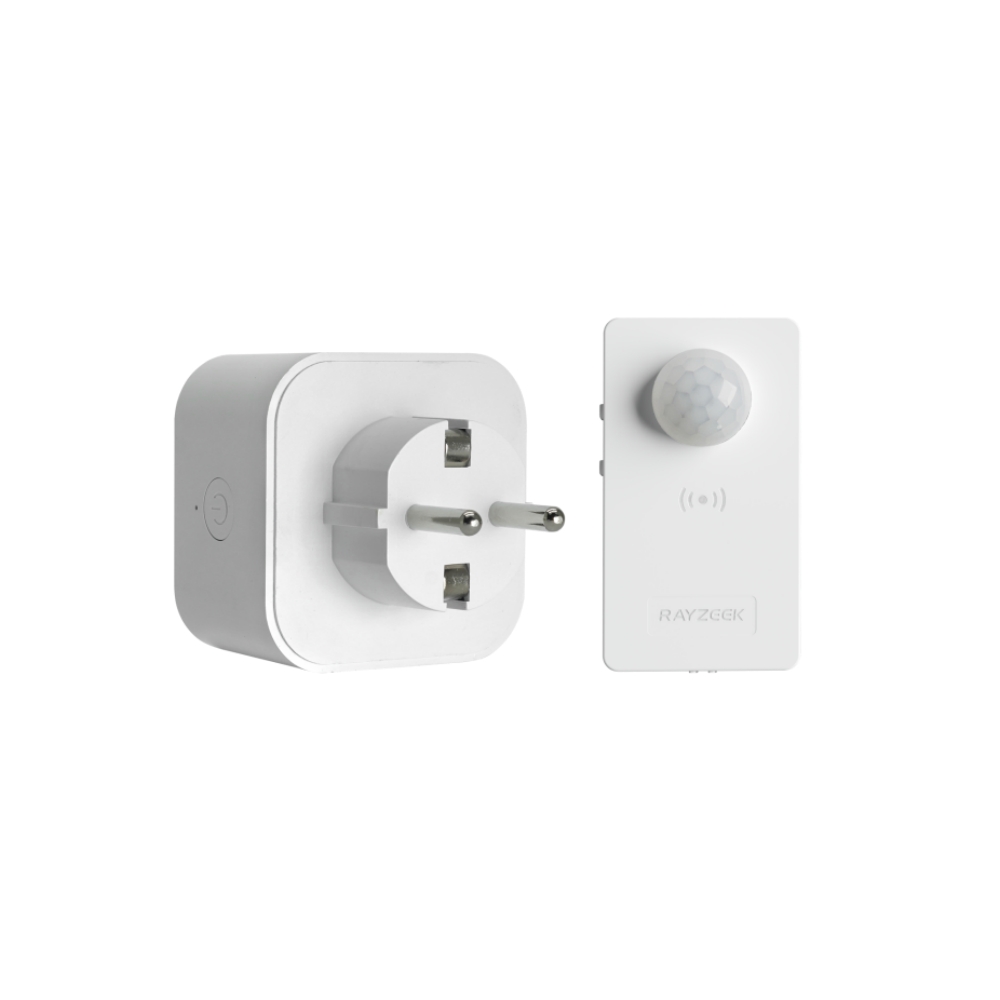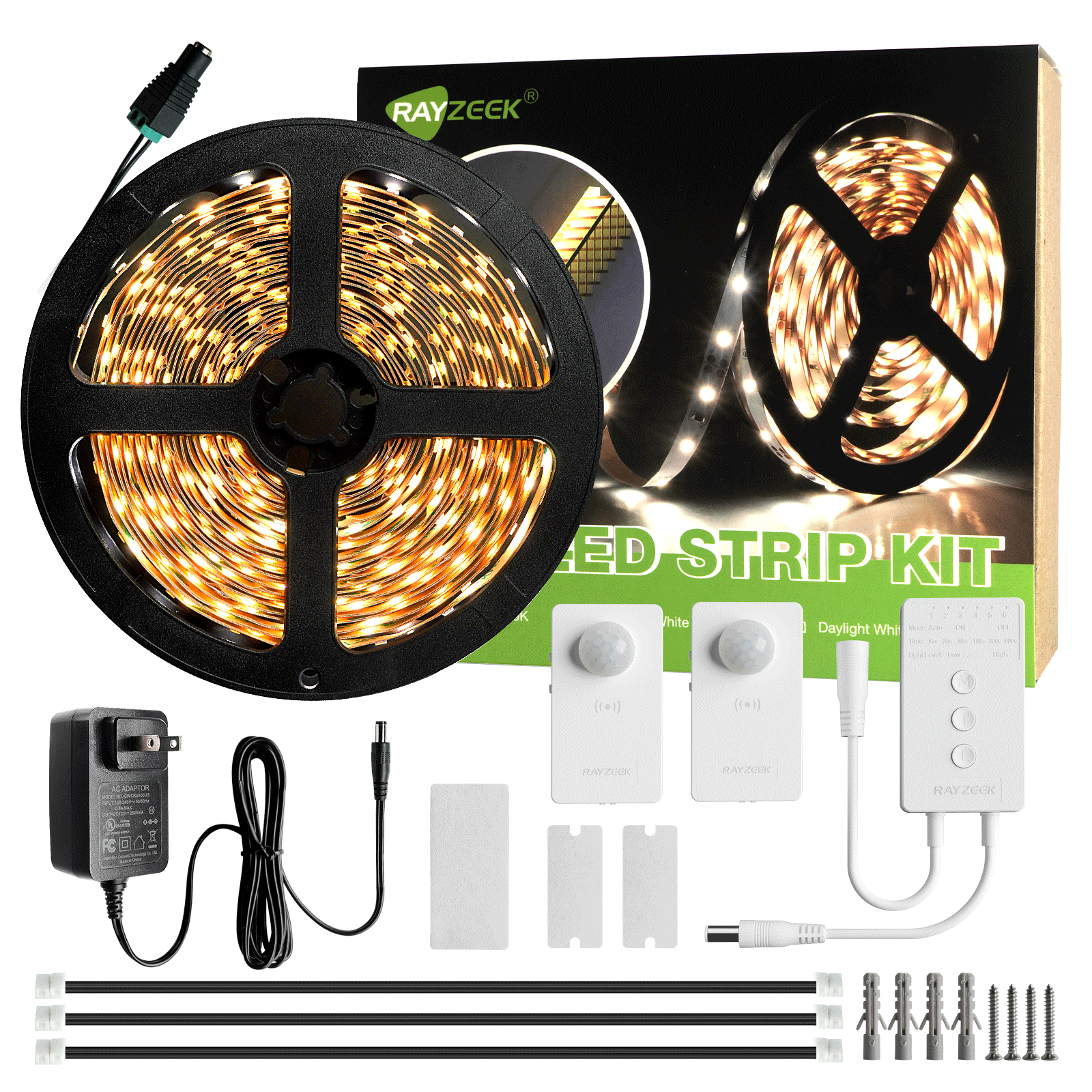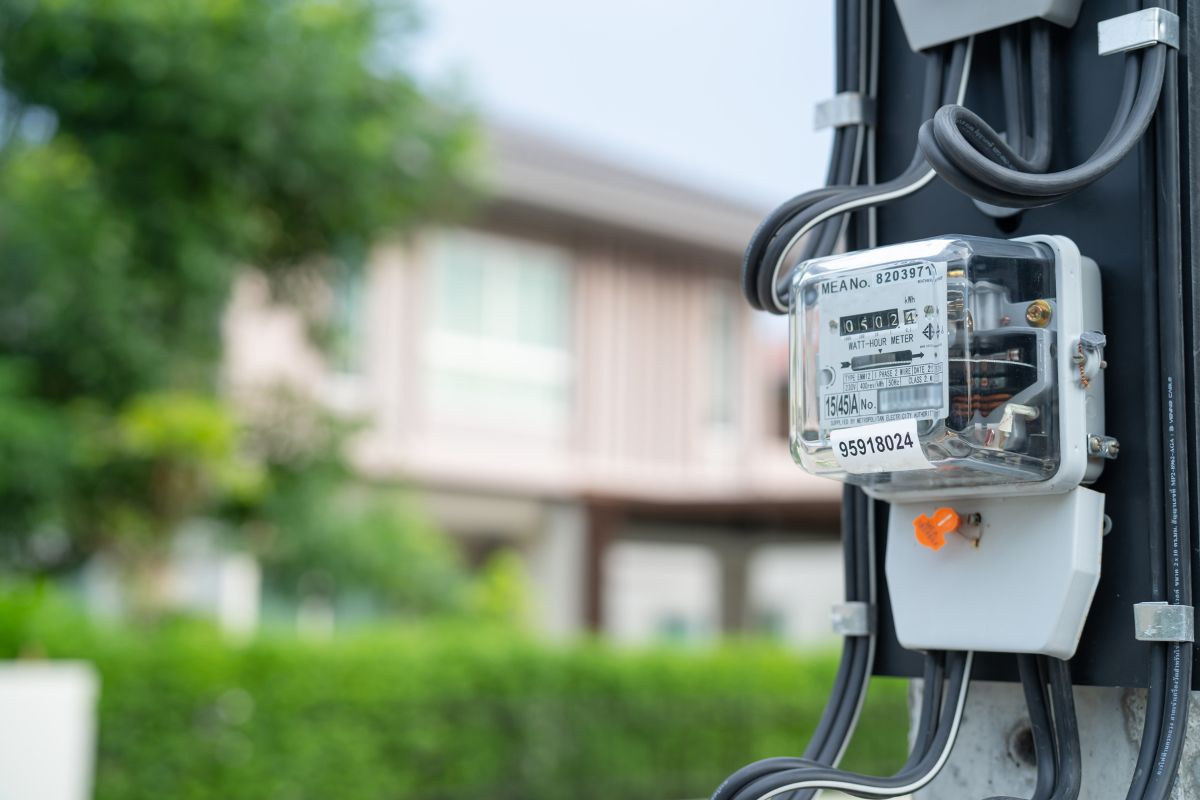Чи є енергозберігаючі пристрої, що підключаються, законним способом зменшити ваші рахунки за електроенергію, чи це просто чергова афера, занадто гарна, щоб бути правдою? Останніми роками ринок заполонили так звані "енергозберігаючі пристрої", які стверджують, що вони значно скорочують споживання електроенергії. Але чи справді ці пристрої виконують свої обіцянки? Давайте заглибимося в наукові основи цих продуктів і дізнаємося правду про їхню ефективність.
Що таке енергозберігаючі пристрої та їхні вимоги до них
Пристрої енергозбереження, також відомі як "енергозберігаючі пристрої", "коробки для заощадження електроенергії" або під конкретними торговими марками, такими як "Pro Power Save", "Esaver", "Miracle Watt" і "Voltex", - це продукти, що пропонуються як прості рішення для скорочення споживання електроенергії в домогосподарствах. Ці пристрої, як правило, являють собою невеликі коробочки, які вставляються безпосередньо в розетку і стверджують, що саме звідти починає діяти їхня магія енергозбереження.
Як вони стверджують, що працюють?
Маркетинг цих пристроїв часто використовує розпливчасту і технічну мову, щоб пояснити їхню передбачувану функціональність. Вони стверджують, що це так:
- Стабілізація електричного струму
- Зменшити "брудну енергію" (коливання в електропостачанні)
- "Випрямити струм" або "очистити брудну напругу"
- Використовуйте конденсатори для балансування струму
Мабуть, найбільш привабливою є заява про те, що ці пристрої можуть знизити енергоспоживання на цілих 25% або навіть до 90% в деяких випадках. Але наскільки реалістичні ці заяви? Давайте розглянемо наукові основи енергоспоживання, щоб зрозуміти, чому ці пристрої, на жаль, занадто гарні, щоб бути правдою.
Корекція коефіцієнта потужності: Чому це важливо для промисловості, а не для дому
Щоб зрозуміти, чому енергозберігаючі пристрої, що підключаються до мережі, не працюють так, як їх рекламують для дому, нам потрібно заглибитися в поняття корекції коефіцієнта потужності.
Що таке корекція коефіцієнта потужності?
Коефіцієнт потужності - це відношення робочої потужності (вимірюється в кіловатах, кВт) до видимої потужності (вимірюється в кіловольт-амперах, кВА). Простіше кажучи, це показник того, наскільки ефективно використовується електрична потужність. Корекція коефіцієнта потужності - це технологія, яка використовується для підвищення цієї ефективності, в першу чергу в промислових умовах.
Чому корекція коефіцієнта потужності важлива для промисловості
У промислових умовах корекція коефіцієнта потужності має вирішальне значення з кількох причин:
- Економія витрат: Багато комунальних компаній стягують штрафи з промислових споживачів, якщо їхній коефіцієнт потужності падає нижче певного рівня (зазвичай 0,80 або 0,85). Покращуючи коефіцієнт потужності, промисловість може уникнути цих штрафів.
- Зменшення плати за споживання: Комунальні підприємства часто нараховують плату великим промисловим споживачам на основі "повної" потужності, яка включає як реальну, так і реактивну потужність. Покращення коефіцієнту потужності може призвести до значного зниження цих платежів.
- Покращення продуктивності обладнання: Кращий коефіцієнт потужності може призвести до більш ефективної роботи електрообладнання, що потенційно подовжує термін його служби.
Чому корекція коефіцієнта потужності не має значення для будинків
Ось ключовий момент: переваги корекції коефіцієнта потужності просто не поширюються на побутових споживачів електроенергії. Чому? Є кілька причин:
- Методи виставлення рахунків: Побутовим споживачам зазвичай виставляються рахунки за реальну використану потужність (кіловат-години), а не за видиму потужність (кВА). Це означає, що навіть якщо пристрій може покращити коефіцієнт потужності вашого будинку, це не призведе до зменшення рахунків за електроенергію.
- Вже високий коефіцієнт потужності: Коефіцієнт потужності в типових житлових будинках вже досить високий, часто вище 0,90. Це означає, що є дуже мало можливостей для покращення, навіть якщо це вплине на виставлення рахунків.
- Різні електричні навантаження: Більшість побутових приладів не створюють таких реактивних навантажень, які вимагають корекції коефіцієнта потужності в промислових умовах.
Отже, якщо корекція коефіцієнта потужності не є відповіддю на питання енергозбереження, то що ж насправді знаходиться всередині цих пристроїв, і чи мають вони взагалі якийсь ефект?
Усередині коробки: Вивчаємо реальність енергозберігаючих пристроїв
Усередині пристроїв: Що там насправді?
Коли ми зазираємо всередину більшості енергозберігаючих пристроїв, реальність виявляється набагато менш вражаючою, ніж можна було б повірити маркетинговим заявам. Як правило, ці пристрої містять:
Надихайтеся портфоліо датчиків руху Rayzeek.
Не знайшли те, що хотіли? Не хвилюйся. Завжди є альтернативні шляхи вирішення ваших проблем. Можливо, одне з наших портфоліо може допомогти.
- Світлодіодний індикатор: Створює видимість того, що пристрій "працює".
- Базовий конденсатор: Хоча конденсатори використовуються для корекції коефіцієнта потужності в промислових пристроях, маленькі конденсатори в цих пристроях неефективні для домашнього використання.
- Іноді взагалі нічого: Деякі дослідження показали, що деякі пристрої не містять нічого, окрім пластикової коробки з дротами.
Аналіз енергозберігаючих пристроїв в реактивних і резистивних навантаженнях
Теоретично, ці пристрої можуть дещо зменшити струм, який споживають деякі електроприлади. Однак це не призводить до зменшення енергоспоживання або зменшення рахунків за електроенергію для побутових споживачів. І ось чому:
- Для резистивних навантажень (наприклад, ламп розжарювання або нагрівальних елементів) коефіцієнт потужності вже дорівнює одиниці (1,0), тому немає можливості для покращення.
- Для реактивних навантажень (наприклад, двигунів у холодильниках або кондиціонерах) будь-яке незначне зменшення струму не змінює фактичну потужність, що споживається для виконання роботи.
Вплив стрибків напруги на побутову техніку
Деякі пристрої енергозбереження стверджують, що вони захищають від стрибків напруги. Хоча стрибки напруги можуть спричинити невелике збільшення енергоспоживання, в житлових умовах воно зазвичай незначне. Більше того, більшість сучасних приладів вже мають вбудований захист від незначних коливань напруги.
Ризики безпеки: Приховані небезпеки шахрайства з енергозбереженням
Окрім своєї неефективності, ці пристрої можуть становити серйозну загрозу безпеці.
Загальні ризики безпеки
Багато з цих пристроїв виготовлені дешево і не мають належних сертифікатів безпеки. Це може призвести до потенційного ураження електричним струмом та пожежі при підключенні до електромережі вашого будинку.
Специфічні дефекти безпеки
Незалежні тести виявили тривожні дефекти безпеки в багатьох з цих пристроїв:
- Невідповідні запобіжники: Запобіжники, що використовуються в цих пристроях, можуть не забезпечувати достатній захист від перевантаження по струму.
- Неякісні MOV (металооксидні варистори): Ці компоненти, призначені для захисту від стрибків напруги, можуть бути неякісними або неправильно розрахованими.
- Несанкціоновані вилки: У деяких пристроях використовуються штепсельні вилки, які не дозволені для використання в певних країнах, що створює додаткові ризики для безпеки.
Випадки перегріву та пожежі
Були задокументовані випадки, коли ці пристрої перегрівалися або навіть загорялися. Одного цього ризику повинно бути достатньо, щоб утримати будь-кого від використання цих пристроїв у себе вдома.
Перевірені енергозберігаючі засоби: Альтернативи, які дійсно працюють
Замість того, щоб покладатися на неефективні та потенційно небезпечні пристрої, що підключаються, є багато перевірених способів зменшити енергоспоживання у вашому домі. Давайте розглянемо деякі альтернативи, які дійсно працюють:
Енергоефективне освітлення
Один з найпростіших і найефективніших способів зменшити споживання енергії - перейти на світлодіодне освітлення. Світлодіодні лампи споживають до 90% менше енергії, ніж традиційні лампи розжарювання, і служать набагато довше, забезпечуючи значну економію з часом.
Пристрої для розумного дому
- Розумні термостати: Вони можуть вивчати ваші звички та оптимізувати опалення й охолодження, потенційно заощаджуючи до 10% на рахунках за опалення та охолодження.
- Розумні подовжувачі: Вони можуть відключати живлення пристроїв у режимі очікування, зменшуючи "вампіричні" витрати енергії.
- Розумні вимикачі: Забезпечують більший контроль над освітленням, дозволяючи дистанційно вмикати та регулювати яскравість.
Енергоефективні прилади
Коли прийде час замінити електроприлади, шукайте ті, що мають маркування ENERGY STAR. Ці прилади відповідають суворим правилам енергоефективності, встановленим Агентством з охорони навколишнього середовища США та Міністерством енергетики США. Наприклад:
- Холодильники, сертифіковані ENERGY STAR, споживають приблизно на 15% менше енергії, ніж несертифіковані моделі.
- Пральні машини, сертифіковані ENERGY STAR, споживають приблизно на 25% менше енергії та на 33% менше води, ніж стандартні моделі.
Рішення з відновлюваної енергетики
Незважаючи на те, що вони вимагають більших початкових інвестицій, рішення з відновлюваної енергетики можуть забезпечити значну довгострокову економію:
- Сонячні енергетичні системи: З часом вони можуть значно зменшити або навіть усунути ваші рахунки за електроенергію.
- Зарядні пристрої на сонячних батареях: Вони можуть зменшити вашу залежність від електромережі для невеликих пристроїв.
Практичні заходи
Існує також багато безкоштовних або малозатратних заходів, які ви можете вжити, щоб зменшити споживання енергії:
- Вимикайте світло та електроприлади, коли вони не використовуються.
- Використовуйте енергомонітори, щоб відстежувати споживання електроенергії та визначати сфери для покращення.
- Покращуйте теплоізоляцію вашого будинку, щоб зменшити витрати на опалення та охолодження.
- За можливості використовуйте природне освітлення та вентиляцію.
Маркетингові обмани: Як шахраї з енергозберігаючими пристроями заманюють споживачів
Розуміння тактики, яка використовується для просування на ринку цих неефективних пристроїв, може допомогти вам уникнути подібних шахрайств у майбутньому.
Шукаєте енергозберігаючі рішення, що активуються рухом?
Звертайтеся до нас за комплексними PIR-датчиками руху, енергозберігаючими продуктами, що активуються рухом, вимикачами з датчиками руху та комерційними рішеннями для датчиків зайнятості/вакантності.
Використання фейкових відгуків та схвалень
Багато продавців енергозберігаючих пристроїв використовують фальшиві відгуки та неправдиві схвалення знаменитостей, щоб підвищити довіру до своєї продукції. Вони можуть стверджувати, що такий відомий діяч, як Ілон Маск, підтримав або навіть винайшов їхній пристрій.
Неправдиві твердження про можливості пристрою
Ці маркетологи часто роблять дивовижні заяви про можливості своїх пристроїв, такі як:
- Захист від перепадів напруги
- Зменшення "електромагнітного випромінювання"
- Очищення електричного кола від "нагару"
Ці твердження не тільки не відповідають дійсності, але й часто є науково безглуздими.
Використання сфабрикованого контенту
Деякі маркетологи заходять так далеко, що створюють повністю сфабриковані історії на підтримку своїх тверджень. Наприклад, вони можуть вигадати історію про працівника, який надихнув їх на створення пристрою.
Технічні терміни, що вводять в оману
Щоб звучати більш легітимно, ці маркетологи часто використовують технічні терміни, які або зловживають ними, або повністю вигадують. Приклади включають
- "Запатентована технологія"
- "Вдосконалені конденсатори"
- "Революційна технологія стабілізації електроенергії"
Ухильні бізнес-практики
Щоб уникнути негативних відгуків і перевірки, деякі компанії, що стоять за цими пристроями, часто змінюють свої назви або створюють кілька торгових марок для фактично одного і того ж продукту.
Можливо, вас зацікавить
Боротьба з шахрайством: Важливість обізнаності споживачів
Найкращий захист від таких шахрайств - це поінформованість споживачів. Ось як ми можемо боротися з цими оманливими практиками:
Роль освіти
Поширення достовірної інформації про те, як працює електрика і як по-справжньому економити енергію, має вирішальне значення. Чим більше людей розуміють ці поняття, тим менша ймовірність того, що вони потраплять на гачок шахраїв.
Усвідомлення оманливих тверджень
Навчившись розпізнавати типові тактики, які використовують шахраї, споживачі можуть помітити тривожні сигнали. Якщо заяви про продукт звучать надто добре, щоб бути правдою, то, ймовірно, так воно і є.
Цінність незалежних оглядів
Заохочуйте споживачів шукати відгуки від незалежних організацій та авторитетних агентств із захисту прав споживачів перед тим, як зробити покупку.
Повідомлення про шахрайські дії
Якщо ви зіткнулися з шахрайським енергозберігаючим пристроєм, повідомте про це у відповідні органи, такі як Федеральна торгова комісія (FTC) у США. Це може допомогти захистити інших споживачів від того, щоб вони не стали жертвами такого ж шахрайства.
Насамкінець, незважаючи на те, що привабливість різкого скорочення рахунків за електроенергію за допомогою простого пристрою, що підключається, є спокусливою, реальність така, що ці продукти не працюють так, як їх рекламують, і навіть можуть становити загрозу безпеці. Натомість зосередьтеся на перевірених методах енергозбереження та будьте в курсі подій, щоб захистити себе від шахраїв. Пам'ятайте, що коли мова йде про енергозбереження, якщо це звучить занадто добре, щоб бути правдою, це, ймовірно, так і є.





























